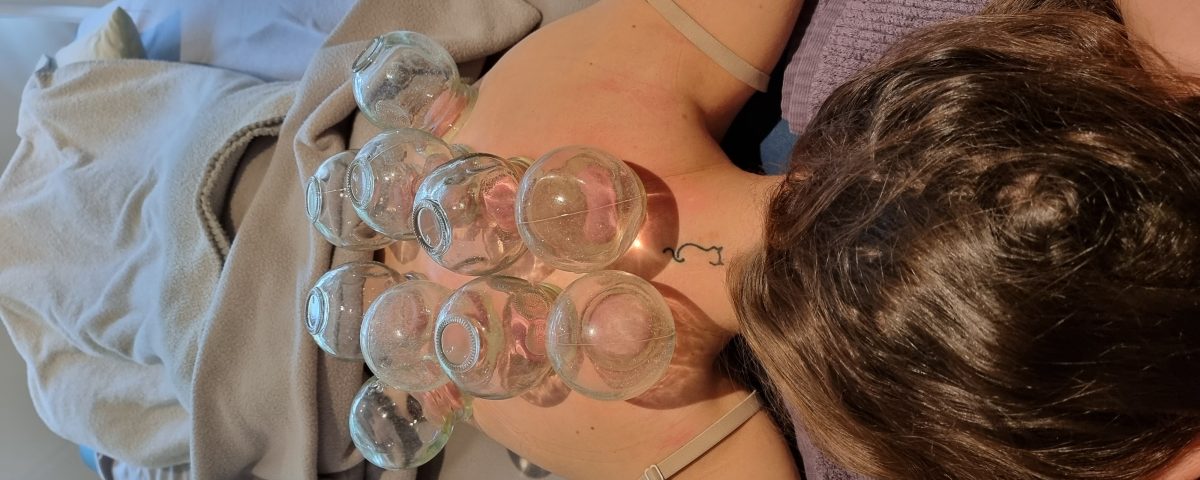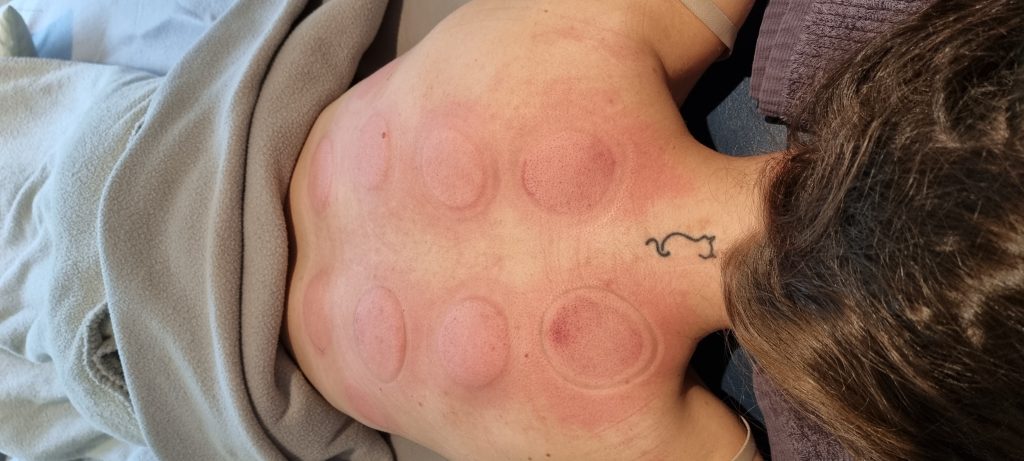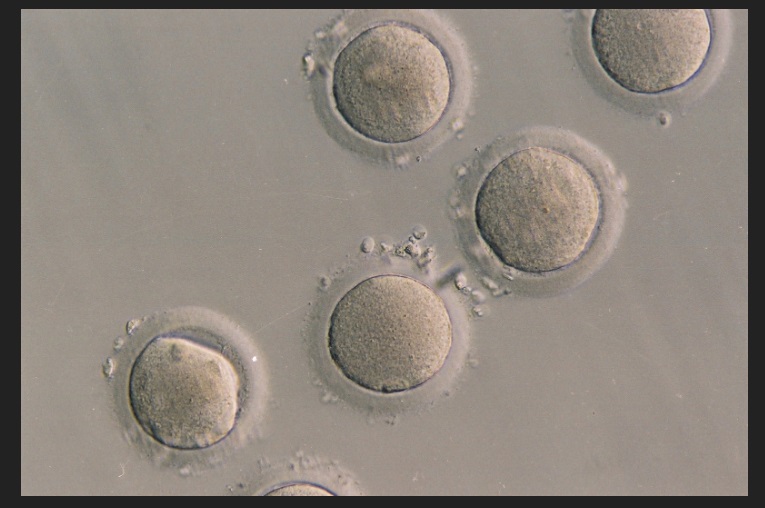What does cupping do? Does it draw out toxins?

How do you use moxa sticks to help turn a breech baby?
22/05/2022
Is AMH a measure of egg reserve?
28/03/2023
What does cupping do? Does it draw out toxins?
After explaining what cupping does and how cupping works to my patients for the last 20 years, it is my opinion that “drawing out toxins” is what a lazy practitioner says to a patient when they can’t be bothered to explain cupping properly. So how exactly does cupping work and does it draw out toxins?
In my practice I will use cupping for only a few purposes, none of which involve specifically “drawing out toxins”.
I use cupping as a complementary therapy to acupuncture treatment when treating muscular pain. When performed by a skilled, trained practitioner, acupuncture is extremely effective at releasing tight knots/fibres in muscles, classically referred to as ‘ah shi’ points. The art of acupuncture is precise, targeting these specific points in muscles.
Most patients don’t want to feel like a pin cushion so I tend to keep the number of needles as minimal as possible (whilst still getting the job done) which remain in place for 10 to 15 minutes, and then I go over the muscle with cupping (either stationary or sliding). Cupping in this way effectively releases larger muscle groups (like the trapezius or glutes) from overall tightness. Cupping draws stagnant blood thick with lactic acid from deep within the muscle fibres up to the surface of the skin, thus allowing for warm well-oxygenated blood to circulate through instead.
Most people are familiar with the marks left after cupping. (Olympic swimmers are always a good advertisement for cupping!). It’s important to note that cupping doesn’t always leave marks. Usually, the area of most trouble will be the darkest to mark. The marks fade anywhere from a few days to a week. The darker the mark, the longer it takes to fade. (The fading process can be sped up with application of arnica cream, heat packs, and staying well hydrated). With repeated treatment however, the areas won’t leave marks as dark or for as long.

Cupping is also useful for patients who are coughing. With the patient lying face down, I cover their whole mid to upper back region with cups which helps to loosen the intercostal muscles which can get tight from overworking. I have found cupping to be useful for subduing acute spasmodic coughing, in asthmatic conditions and loosening phlegm and mucous in productive coughs to make it easier for the lungs to cough it up.
Finally, cupping specific acupuncture points on the neck and upper back near the spine when someone feels like they are getting sick, can be a beneficial way of allowing their body to fight their cold (or flu) faster. In this instance, a combination of acupuncture, cupping and Chinese herbs are prescribed to help rid the body of something that is called “wind invasion”. The concept of “wind invasion” and how this manifests as illness is a more complex discussion and is probably best left for another blog post!
Did you have more questions about how cupping might help you?



